A few weeks ago I sat down to write about forgiveness and ended up writing about being in the body in a way that allows for flow to happen – in an attitude of receiving. This is not so odd as it might seem. Forgiveness, in my view, is allowing yourself to be in the flow of Love. Judgement, anger, self-righteousness, malice, resentment, hatred are all resistance to that flow. Forgiveness is the letting go of resistance and allowing the flow to continue.
One of the biggest tricks of human emotion is the charge we get out of negative emotions (and positive ones too, but that’s for later). I’ve been known to have a temper, and I don’t know about you, but when I get really angry I can practically feel the steam rushing out of my eyes. A while ago I also noticed that I could feel my body constrict, especially in the area of my heart. I also noticed that after an outburst, the skin on my neck would crawl and I’d feel really, really low in energy – this after the big charge of energy that occurred while I was venting my self-righteous indignation at whomever had the misfortune of incurring my wrath. This big charge of energy is exhilarating, but it requires energy to maintain. It creates an internal black hole that sucks away energy from other “primary system.” Let’s not forget that since the event has already occurred, to maintain a connection to it one must essentially keep the past alive – no small task. Is it any wonder that my skin would crawl and that I’d feel spent? Who’s got that kind of energy? What would be the payoff?
Often we hold on to our anger because we’re determined to hurt the other person – to make them suffer like we’re suffering. So here I’d be, with my blood pressure raised, stress level high, immune system compromised, tired and with a headache from throwing a tantrum… Who was I trying to hurt again? Newsflash! The main person being hurt is you. And the net effect? More anger in the world.
The realization that my anger was more about me than it was about the other person came from A Course In Miracles (ACIM). One of the understandings I’ve gained from ACIM is that the world you see is the manifestation of your inner world. If something/someone is really getting to you then they represent that within you which needs to be released – i.e. forgiven. How do you do that? By letting it go so that you can free yourself from it. By releasing it in the outer world as if it never happened.
Many of us have learned to forgive by “being the better person” and acting as if everything is okay. But inside we still hold on to what was done to us, we keep it alive in a memory that is still emotionally charged. We make ourselves feel superior to the person we’ve “forgiven.” If one is to accept the premise of ACIM though, that person is actually the messenger of our own freedom, showing us vulnerable parts of ourselves which we would otherwise not be able to see, emotional blind spots, if you will. True forgiveness – letting it go as if it never happened – really allows us to forgive and free ourselves.
Driving is great forgiveness practice for me. I’ve incorporated a physical release into this practice. I feel myself harden inside as I become judgmental or angry (or hurt by someone else’s anger) and I gently instruct myself to “soften.” There is an internal feeling of quiet and a sense of coming back into my body, rather than a buildup of emotion and an outward projection of angry energy. Of course this might need to be done a few times depending on what happened – I never said it was easy to do, only necessary. Also, nowadays, when somebody really irritates me, it only takes a second to remember doing something equally inane myself. It’s easy to let go when you remember you’ve done the same thing. Thankfully, after practicing for a while, I’ve also learned to forgive myself. This is a hard lesson.
A few months ago I did something that was very hard for me to forgive: I forgot an appointment with a new client. It was a cold day and my phone was off, so they waited outside the studio for me and I came to my senses an hour later. Of course they had left in disgust. I was horrified, devastated, ashamed, and angry at myself all at the same time. I can be absent-minded at times, but this was a new level of inefficiency for me, perhaps fueled by some emotional issues I was dealing with at the time. I was scared that something was really wrong with me, but instead of being compassionate with myself, I began to berate myself in the car in front of my husband and kids. Nothing my husband said to console me was effective, but when we got home my son gently said to me: “Mommy, it’s okay, you’re not bad. You didn’t mean to do it.” That was the turning point on my journey of self-compassion. In that moment, something inside me softened toward my Self – seen through my child’s eyes. I let go. I let go of the anger and the fear and held myself in compassion. “You’re not bad.” And I got a smartphone with an alarm!
My story also brings up a key element that I think is a must when dealing with the anger that often prevents us from forgiving. I’ve learned that underneath anger, resentment, judgment, even annoyance, is fear. It is as if somehow we know that it is really about us and not about them, but it is easier to get indignant than it is to look below the surface at the real problem: our fear of facing ourselves. What if we looked deeper and found that we really felt not good enough? What if we uncovered some selfishness, neediness, fear of failure, fear of being found out for being a fraud – not a great parent or not as cultured or as brilliant as we appear? What if we uncovered a basic fear of not being able to do this life thing the right way? What if we realized we were just like the person we despise? Then what? If we couldn’t meet this realization with compassion, that would be a rough road. But if we could let go of our stories about ourselves, and other people, and acknowledge that we’re all basically doing the best we can with what we’ve got, maybe it wouldn’t be so bad.
In the end, no-one can hurt you unless you allow them to. So instead of saying that “So and so pissed me off,” we might do as so many teachers I’ve been reading recently recommend, and instead recognize: “I chose to be pissed off by So-and-so.” Then what’s to forgive? It becomes all about compassionately investigating why you allowed that to happen and uncovering your blind spot so it can’t happen again – or just letting it go.
 In a conversation with my mother-in-law this evening we laughed about how sometimes it feels like you can't even safely go into the backyard (for those who have a backyard). It's like the mind subconsciously views the entire "outside" as potentially dangerous.
In a conversation with my mother-in-law this evening we laughed about how sometimes it feels like you can't even safely go into the backyard (for those who have a backyard). It's like the mind subconsciously views the entire "outside" as potentially dangerous.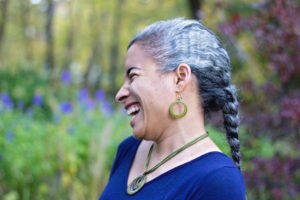
 My last post described yoga as a feeling practice. When I read this quote by Vanda Scaravelli many years ago it resonated deeply, and I began to explore the idea of the practice being “an unexpected delight.” The result is that my yoga mat has become a really fun place to be. A place to be tired and energized; a place to be terrified and gleeful; a place to struggle and a place to find ease; a place to laugh.
My last post described yoga as a feeling practice. When I read this quote by Vanda Scaravelli many years ago it resonated deeply, and I began to explore the idea of the practice being “an unexpected delight.” The result is that my yoga mat has become a really fun place to be. A place to be tired and energized; a place to be terrified and gleeful; a place to struggle and a place to find ease; a place to laugh.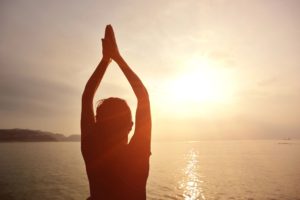
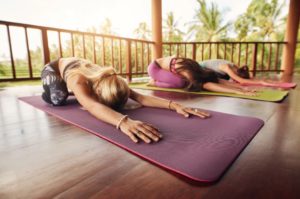 The body is a sensory instrument. How much we miss when we don’t befriend it.
The body is a sensory instrument. How much we miss when we don’t befriend it.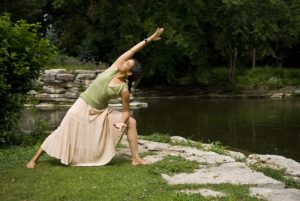
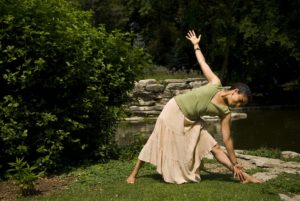
 If the mind really wants to get involved, you might occupy it with the question: “Is this pleasant or unpleasant?” or “What feels good about this pose?” Let the mind be in service to the experience rather than spiraling out with judgments, shoulds, associations, plans or other elements that aren’t directly related to the experience you’re having now. Of course that spiraling might still happen, and you have the choice to follow, or to do something different. Instead of jumping on the “thought train,” you could acknowledge the mind, give thanks that it can do what it does, and then gently direct your attention back to the sensory experience of the moment.
If the mind really wants to get involved, you might occupy it with the question: “Is this pleasant or unpleasant?” or “What feels good about this pose?” Let the mind be in service to the experience rather than spiraling out with judgments, shoulds, associations, plans or other elements that aren’t directly related to the experience you’re having now. Of course that spiraling might still happen, and you have the choice to follow, or to do something different. Instead of jumping on the “thought train,” you could acknowledge the mind, give thanks that it can do what it does, and then gently direct your attention back to the sensory experience of the moment. The holidays are fast approaching and one of the challenges for lots of folks is how to handle all the gatherings of different sorts that may seem more like obligations than fun.
The holidays are fast approaching and one of the challenges for lots of folks is how to handle all the gatherings of different sorts that may seem more like obligations than fun. all or friendly pets to play with? Even small things can shift a generally unpleasant experience, but you have to look for them or they might pass you by.
all or friendly pets to play with? Even small things can shift a generally unpleasant experience, but you have to look for them or they might pass you by.
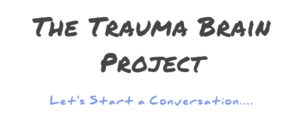 I recently had the honor of being on a panel of body-centered therapists following the reading of a play by Dayle Ann Hunt titled The Trauma Brain Project.
I recently had the honor of being on a panel of body-centered therapists following the reading of a play by Dayle Ann Hunt titled The Trauma Brain Project.
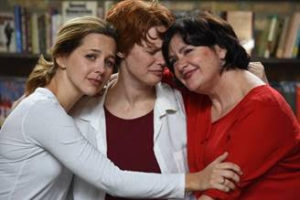
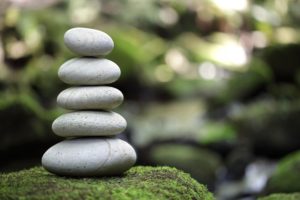 How are you feeling now? You can repeat that sequence one more time if you’re feeling a little more focused or settled than you were before you started.
How are you feeling now? You can repeat that sequence one more time if you’re feeling a little more focused or settled than you were before you started.